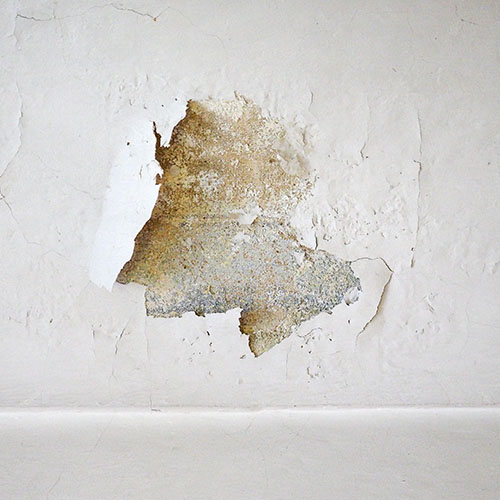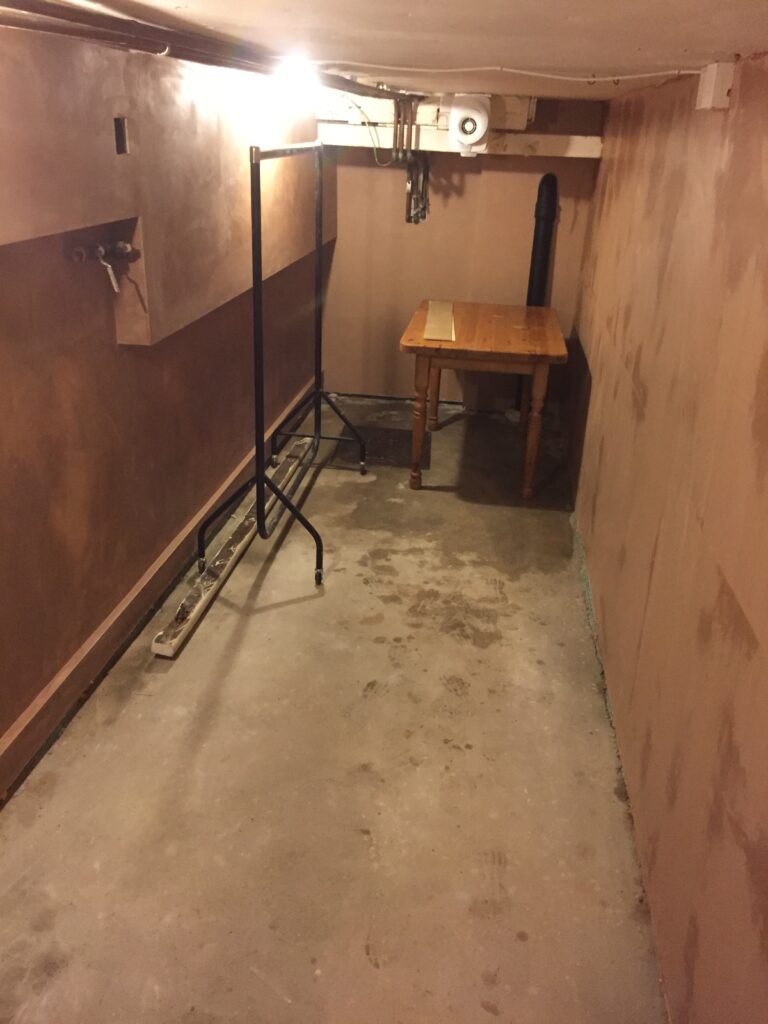Are you concerned about rising damp in your London home or business? Get in touch with our team today for an immediate assessment.
We’ve been assessing and eliminating rising damp throughout London for over 20 years.
Don’t know what to look for? See if you can spot any of the signs below.
Rising Damp has many of its own signature signs to indicate its presence:
As you can see, many of these symptoms on their own would present a problem, but some would cause the structural integrity of your property to be compromised.
If you have noticed one or more of these problems in your home or business, it’s best to take action before it escalates to a serious level.
It’s always advisable to seek the advice of an expert if you suspect a rising damp issue. If you are in London Refresh PSC is the consultation you need. We can talk you through the symptoms of your property and help you decide on the best course of remedial action.
Rising Damp are not welcome words for any homeowner. A dampness problem of any type isn’t good news but rising damp can be particularly troublesome, which is why it has such a bad reputation.
Building work or altering the ground level can sometimes damage the damp proof course, or raising the floor level above the protective layer can stop it from doing its job too. Older properties may have a breached DPC such as a gap in the slate which was commonly used when damp courses were first introduced.
Rising damp is moisture contained in the materials of your wall – like a sponge. Bricks, cement and mortar are all full of porous capillaries which suck up the damp sources like mini straws, so they start to fill up, and the continuous moisture source creeps it’s way up the walls and porous surfaces it comes into contact with.
Because the damp areas are permanently moist, this then encourages mould to grow and this mould eats away at the walls and timber structures.
If you have a modern home, you’ll usually have the safety net of a damp-proof course (DPC) in place to limit the damage, but if you have an older property, built before 1875, this protective barrier is unlikely to be in place.
Initially it may be difficult to recognise the signs of damp – they become more prominent over time. If you are not sure, it’s best to contact a professional to conduct a survey for you.
Here are potential far reaching consequences of a damp issue left to spread:
Leaving damp will cause it to spread, and cause additional damage to walls, concrete, brick & more. It can also be hazardous to health, harming respiratory & immune systems.
Mould alone is a dangerous issue. You’ll need to be certain that the mould spores are treated effectively as they can cause health problems if you’re regularly inhaling the irritants and in some cases toxic substances in the spores.
Untreated damp can also cost more to fix, therefore it’s better to address it sooner rather than later.
Once damp starts to cause structure damage, prices can go up exponentially. You could end up renovating the entire basement, when all that was needed was an afternoon of proofing from our team!
One of the most common problems we encounter is a damp misdiagnosis (read about diagnosing correctly here). Many damp problems have their own set of issues which, if not dealt with properly will result in the damp problem returning before too long.
Each project we take on is different and requires a bespoke approach. Here is how Refresh PSC generally approaches a project:
First it’s fundamental to conduct a full assessment of the problem. We use our equipment and expertise to discover the full extent of the damp. Walls, floors, ceilings, depth, root causes and current damage.
Before you can correctly cure damp, you need to ensure you’ve established that it is in fact rising damp (not penetrating damp or other variants), and you also need to find the source of the problem.
You’ve probably heard of the phrase ‘papering over the cracks’ and this is exactly what you’d be doing if you try to fix a damp problem without removing the issue which is feeding it.
Once the root problem causing dampness has been dealt with, the next step is to dry out the area, then wait to see if the problem is still present.
The final and most important step is to install measures to prevent damp coming back in future. There are a myriad of options when it comes to damp proofing – we will work with you to decide on the best approach.
There are many DIY rising damp treatments available, many of which can have a positive effect on dampness. Always consult an expert for a complete survey!
Here are some techniques that can be used as a quick solution. They vary in effectiveness, and will only help – they are not a cure:
Please bear in mind that doing it yourself is only a temporary solution/reduction of the problem! Rely on them at your own risk. DIY home damp treatments are a short term fix to a long term issue.
Consulting a local expert is the best way to find the source of, and remedy a rising damp problem.

Refresh PSC has over 20 years of experience solving damp related issues throughout Greater London and the South East UK.
We also proof to protect against future occurrences. This makes us the best choice if you want a permanent, lasting solution to your problem.
To book a site survey, consultation and no obligation quotation, please click here or call 0208 959 6424.
Other damp related treatments from Refresh PSC:


